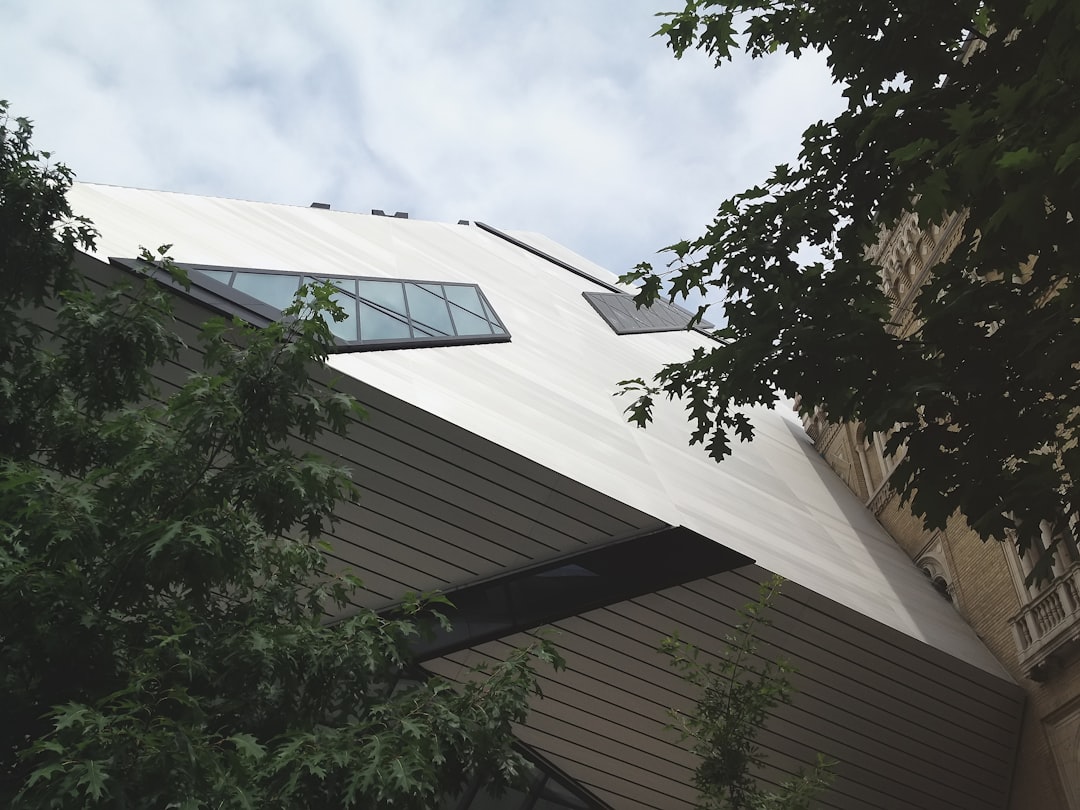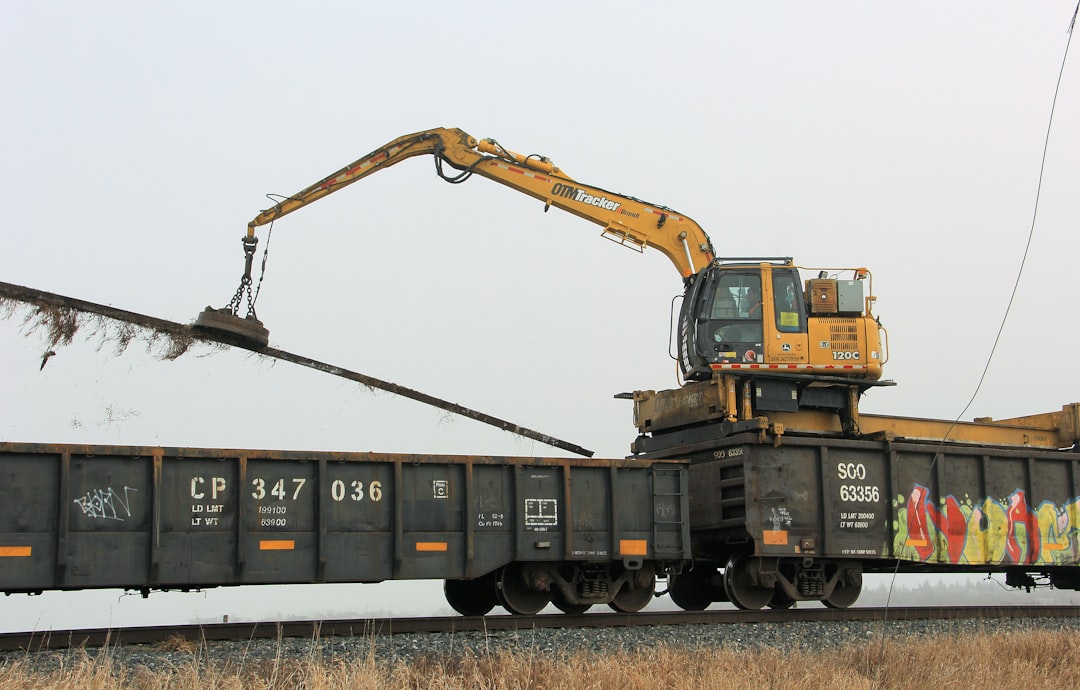Elevating Roofing Excellence: How Standing Seam Rolling Machines Boost Efficiency and Durability
- Share
- Issue Time
- Oct 21,2025
Summary
Discover how portable standing seam roll-forming technology revolutionizes roofing projects. On-site fabrication delivers unmatched durability, precision-customized solutions, and significant cost and time savings that define modern, high-performance construction.

In the world of construction and architecture, the quest for materials and methods that offer the perfect blend of longevity, performance, and efficiency is relentless. For roofing, this has led to a significant shift towards systems that promise more than just shelter. Standing seam metal roofing has emerged as a premier choice for its remarkable durability and clean, modern aesthetic. However, the true potential of this superior roofing system is unlocked by the technology used to create it: the portable standing seam rolling machine. This on-site fabrication technology is not merely an incremental improvement; it's a revolutionary leap forward, directly addressing the core demands of modern roofing projects—unwavering durability and streamlined efficiency.
What Exactly is a Standing Seam Metal Roof?
Before diving into the machinery, it’s essential to understand the product. A standing seam metal roof is a system where continuous metal panels are interlocked at their edges with a raised, interlocking seam. Unlike traditional roofing where fasteners are exposed to the elements, the clips and fasteners in a standing seam system are concealed. This design is the key to its superior water resistance, as it eliminates thousands of potential points for leaks. Its impressive lifespan, often exceeding 50 years, makes it a long-term investment in a property's protection.

The Game-Changer: The Portable Standing Seam Rolling Machine
A portable standing seam rolling machine is a mobile factory that allows roofing contractors to fabricate panels directly at the job site. Coils of flat metal stock (typically steel, aluminum, or copper) are fed into the machine, which then uses a series of precision rollers to shape the metal into the specific standing seam panel profile required. This ability to produce panels on-demand and on-site is what fundamentally transforms roofing projects.
Boosting Project Efficiency from Day One
Project efficiency is a measure of time, cost, and labor. Portable roll-formers deliver improvements across all three. By producing panels on-site, contractors eliminate the significant lead times and logistical headaches associated with ordering from a factory. There are no more delays waiting for a shipment to arrive or discovering that the delivered panels were damaged in transit—a common and costly problem that can bring a project to a halt. This direct control over the supply chain means schedules are more reliable and labor is utilized more effectively.
Precision and Customization: Eliminating Waste and Expense
One of the most significant advantages of on-site roll-forming is the ability to create panels to the exact, continuous length required for a specific roof section. Factory-ordered panels come in standard lengths, often requiring them to be cut on-site to fit, which creates significant material waste (drops). Furthermore, on jobs requiring very long panels, factory transport limitations mean multiple panels must be overlapped, creating a horizontal seam that compromises the roof's integrity. On-site roll-forming allows for single, continuous panels from eave to ridge, no matter the length, drastically reducing scrap metal waste and eliminating a critical weak point.
Unlocking Unmatched Durability and Weather Resistance
The primary enemy of any roof is water. The standing seam design, with its concealed fasteners and raised seams, is inherently superior at shedding water. When combined with on-site roll-forming, its durability is amplified. Creating single-length panels eliminates horizontal seams, which are potential points of water intrusion caused by wind-driven rain or ice damming. Fewer seams mean fewer opportunities for leaks over the building's lifetime. This makes the roofing system incredibly resilient against extreme weather conditions, including heavy rain and high winds.

Architectural Freedom and Superior Aesthetics
Beyond its practical benefits, on-site roll-forming provides architects and designers with greater creative freedom. Complex roof designs, varying panel widths, and unique architectural features can be accommodated with ease. The ability to produce panels precisely as needed allows for a clean, uninterrupted finish that is difficult to achieve with standard-sized, factory-shipped panels. This results in the crisp, modern lines that make standing seam roofs a popular choice for high-end residential, commercial, and institutional buildings.
On-Site Forming vs. Factory-Ordered Panels: A Clear Comparison
The decision to form panels on-site versus ordering from a factory has a direct impact on the project's success. Here is a breakdown of the key differences:
| Feature | On-Site Roll-Forming | Factory-Ordered Panels |
|---|---|---|
| Panel Length | Unlimited, custom lengths | Limited by transportation (typically 40-53 ft) |
| Lead Time | Immediate production on-site | Weeks or months of lead time |
| Material Waste | Minimal; panels cut to exact need | High; excess material from standard lengths is scrap |
| Transport Risk | None; coils are robust, panels made on-site | High risk of scratches, dents, and damage during shipping |
| Seams | Fewer seams, improved weather-tightness | More horizontal seams on long runs, increasing leak risk |
| Flexibility | High; able to adapt to on-site changes instantly | Low; incorrect orders or changes cause significant delays |
A Superior Return on Investment (ROI)
While the initial investment in a standing seam metal roof can be higher than traditional materials like asphalt shingles, its lifecycle cost is significantly lower. A lifespan of 40-70 years means it can outlast asphalt roofs by a factor of three or more. When combined with the efficiencies gained from portable roll-forming—reduced labor, no shipping fees for panels, and minimal waste—the total cost of ownership becomes highly competitive. Add in the energy-saving benefits of cool-metal roofing, which can reduce cooling costs by up to 25%, and the financial argument becomes even more compelling.
Key Considerations When Choosing a Rolling Machine
For contractors looking to invest in this technology, several factors are critical. The machine must be compatible with the desired metal types (e.g., steel, aluminum) and gauges. Portability, power source, and the specific profiles the machine can produce are also vital considerations. Automation features, such as computer controllers for programming precise lengths and quantities, can dramatically improve operational efficiency and accuracy on the job.
The Role of Material Choice in Machine-Formed Panels
The durability of the final product also depends on the material coil used. Galvanized steel (like G90) is robust and economical, ideal for many climates. Aluminum is an excellent choice for coastal regions due to its natural corrosion resistance. Premium materials such as copper and zinc offer unparalleled longevity—often 100 years or more—and a distinguished aesthetic. The paint finish, like Kynar 500, is also crucial, as it provides a 30-year warranty against fading and protects the underlying metal.
The Future of Roofing is Efficient, Durable, and On-Site
The push for more resilient and sustainable building practices is reshaping the construction industry. The combination of standing seam metal roofing and portable roll-forming technology is at the forefront of this evolution. It offers a solution that is not only exceptionally durable and long-lasting but also highly efficient to install. By taking control of panel production and bringing it directly to the construction site, contractors can deliver a superior product faster, with less waste, and at a greater long-term value to the building owner. It is a clear demonstration of how innovative technology can elevate an already excellent product to a new standard of performance.